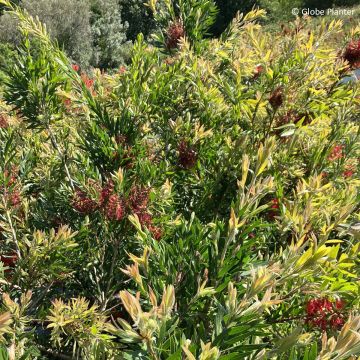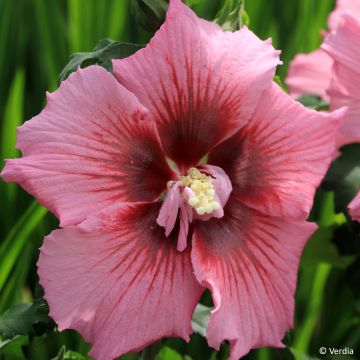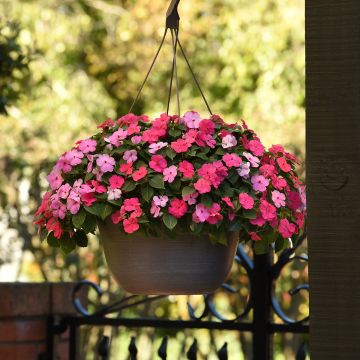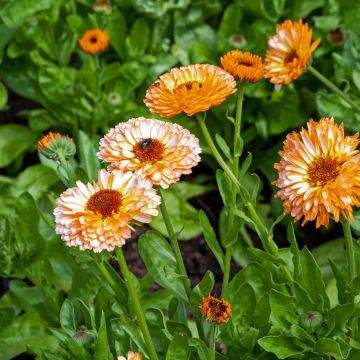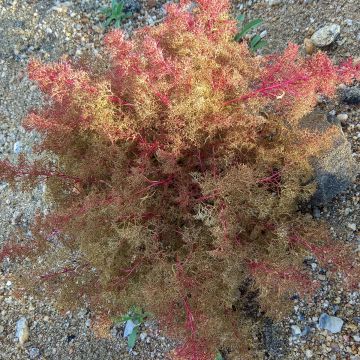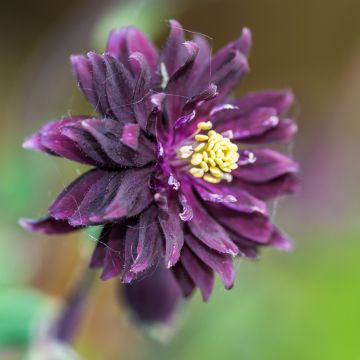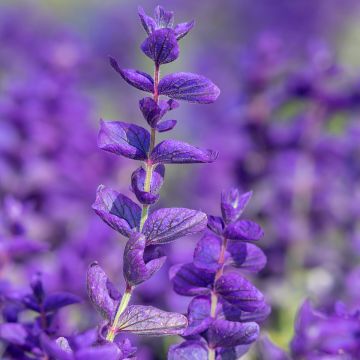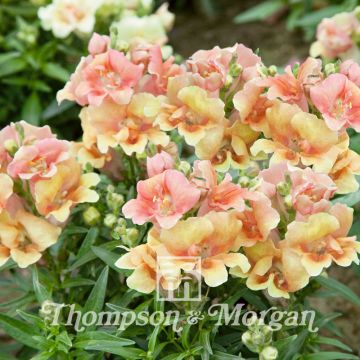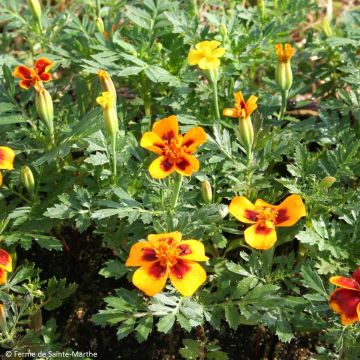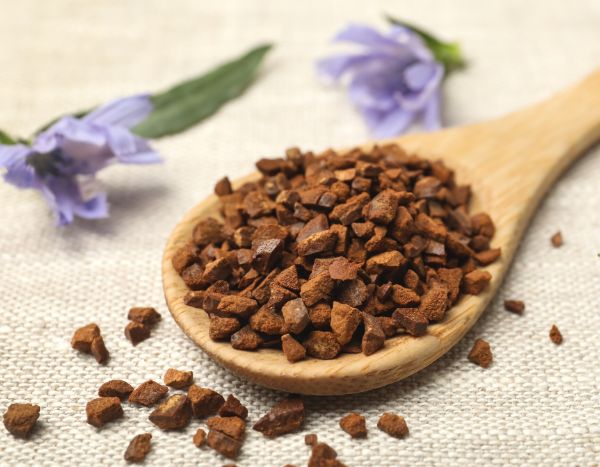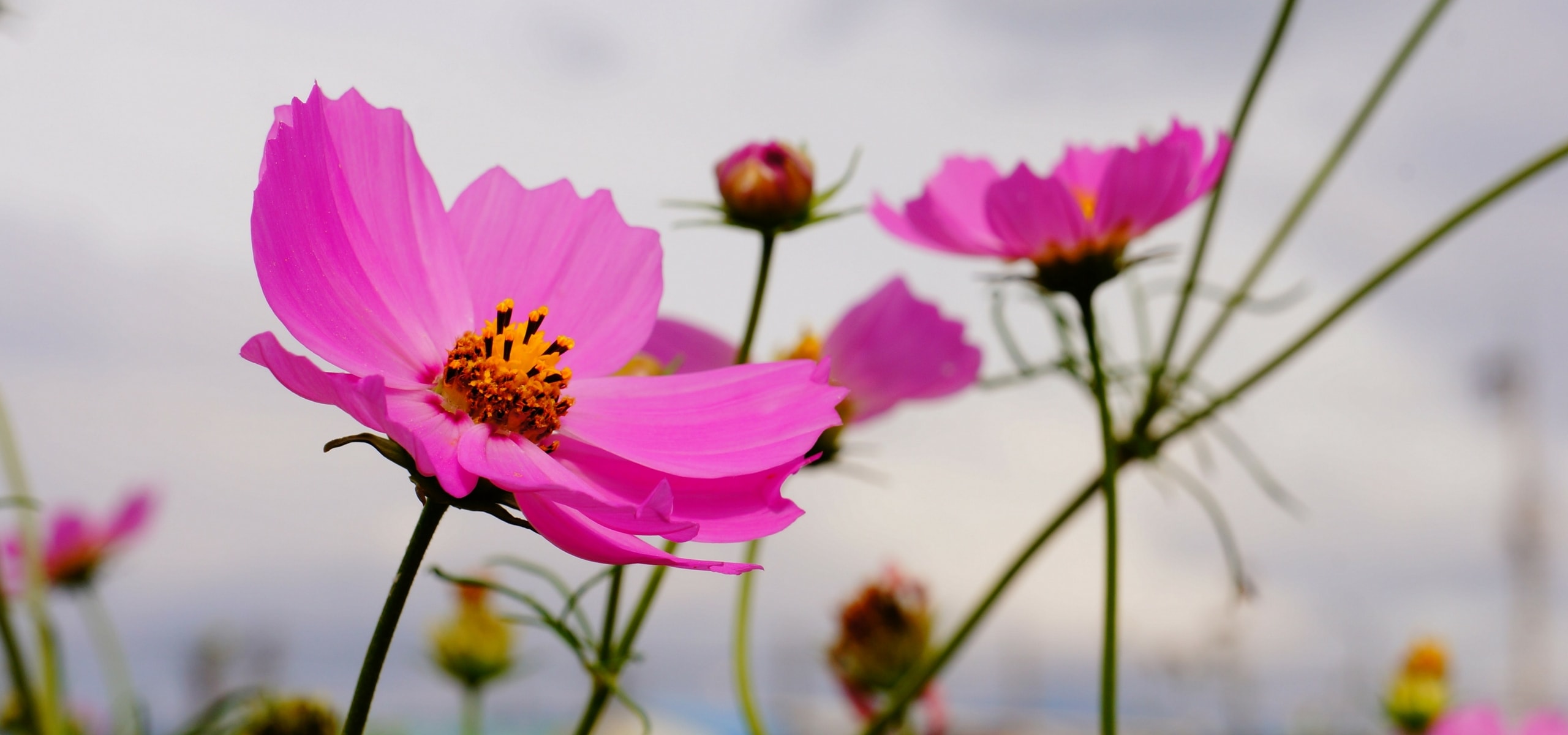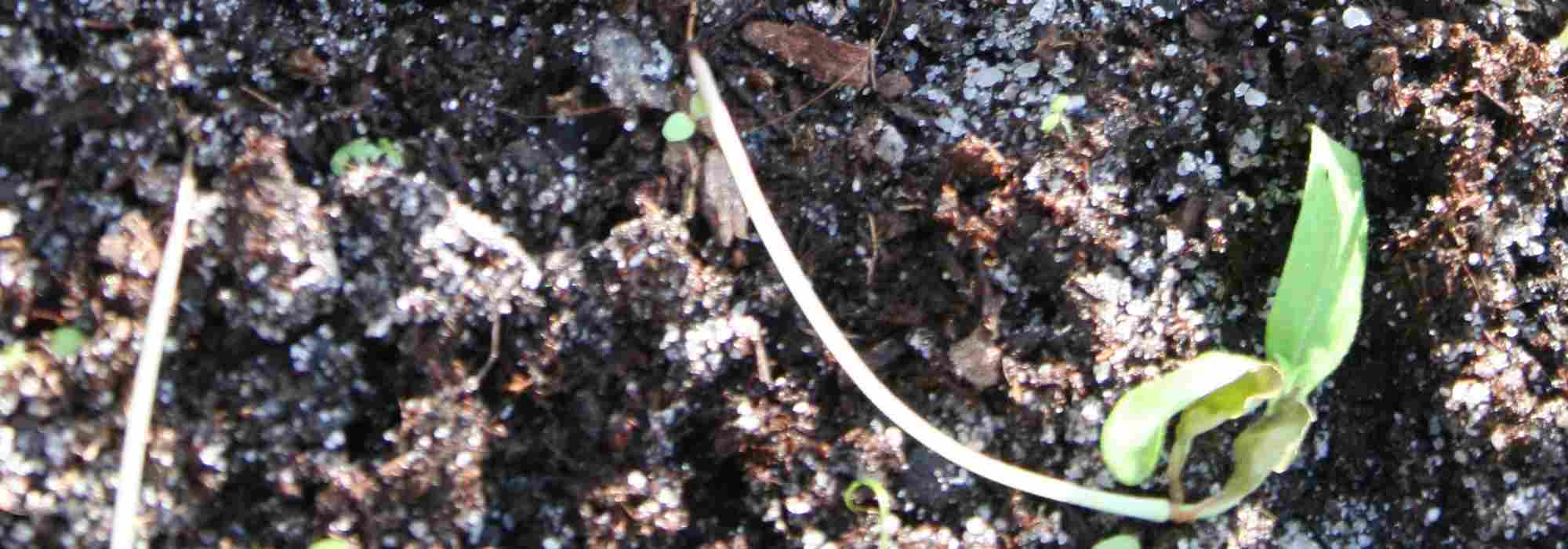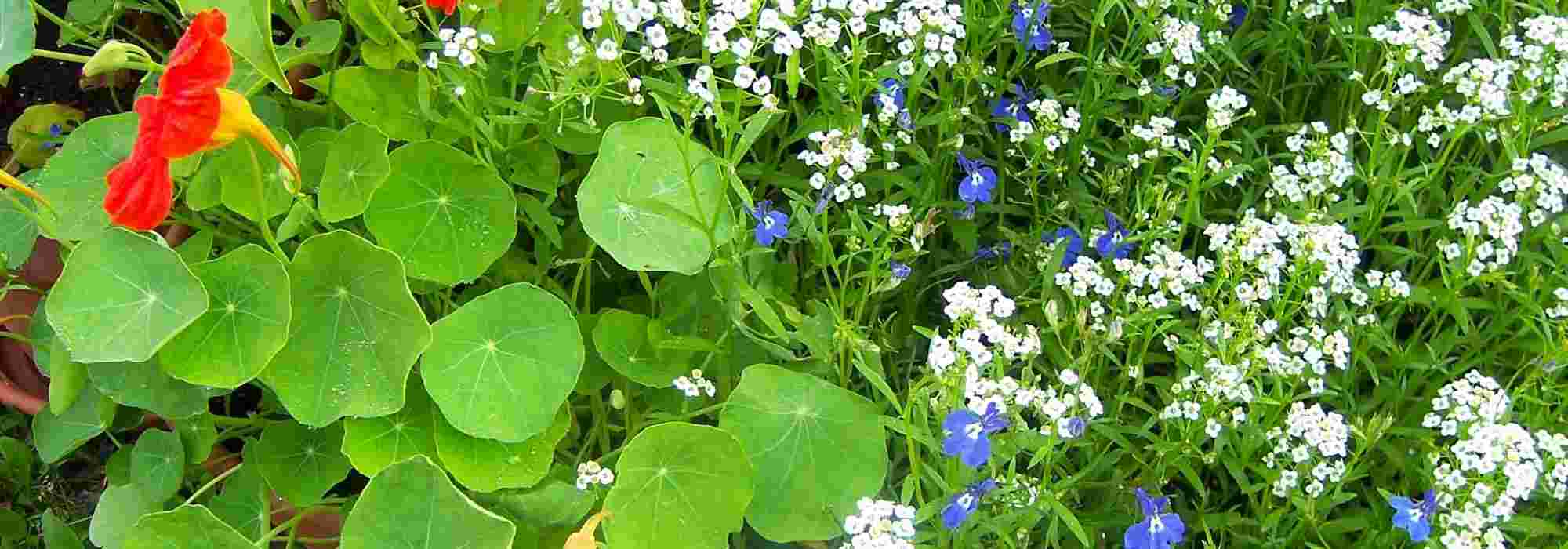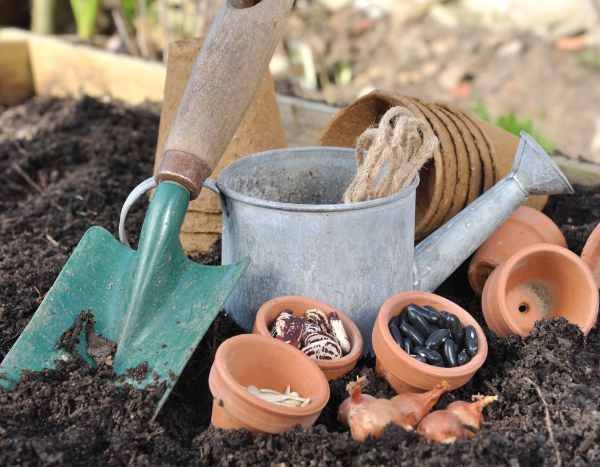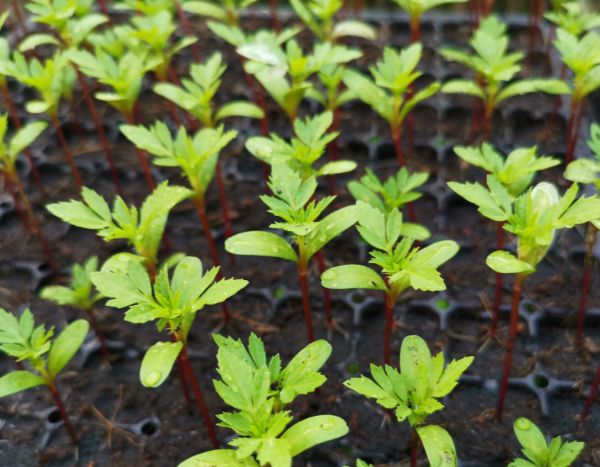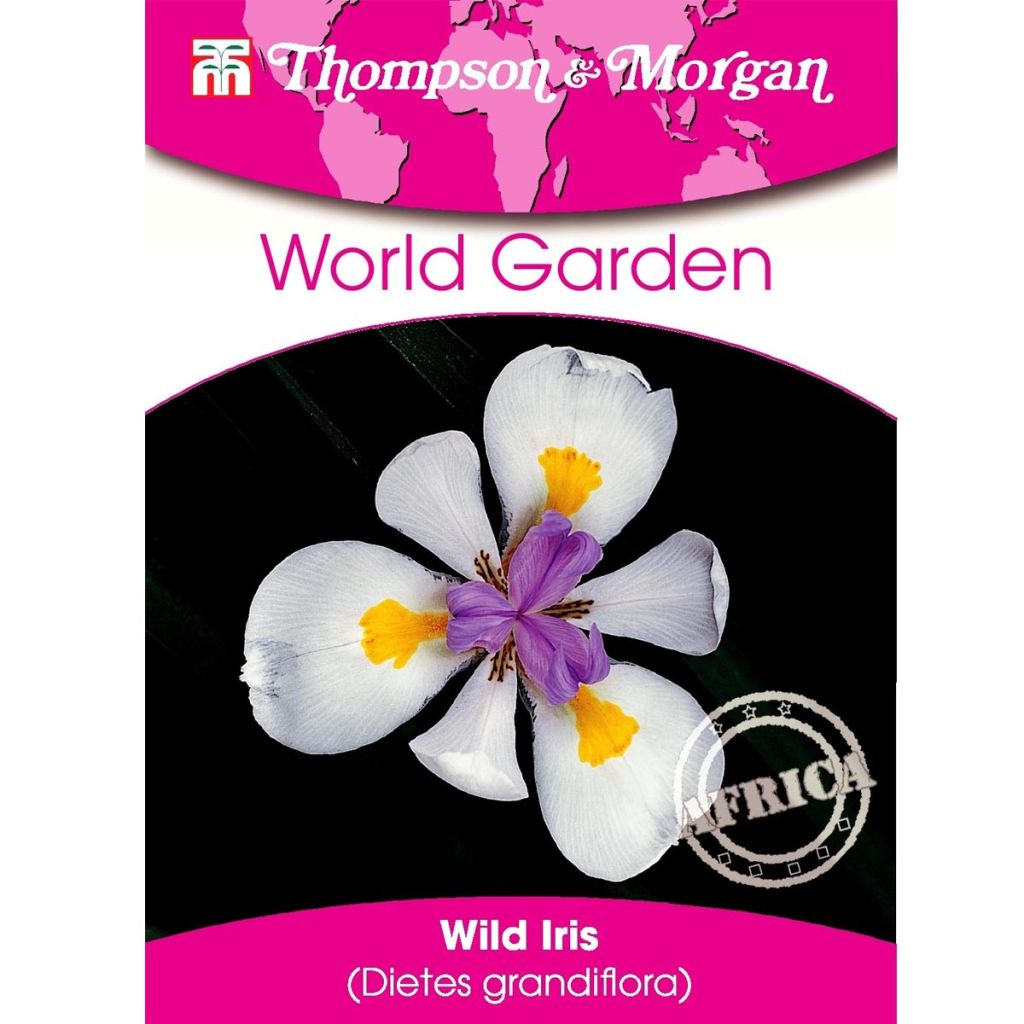

Graines de Dietes grandiflora - Iris des Fées
Dietes grandiflora - Fortnight lily
Dietes grandiflora
Fortnight lily, Large Wild Iris, Fairy Iris
Excellent transaction!
Nieves Del Volga A., 12/10/2018
Special offer!
Receive a €20 voucher for any order over €90 (excluding delivery costs, credit notes, and plastic-free options)!
1- Add your favorite plants to your cart.
2- Once you have reached €90, confirm your order (you can even choose the delivery date!).
3- As soon as your order is shipped, you will receive an email containing your voucher code, valid for 3 months (90 days).
Your voucher is unique and can only be used once, for any order with a minimum value of €20, excluding delivery costs.
Can be combined with other current offers, non-divisible and non-refundable.
Why not try an alternative variety in stock?
View all →This plant carries a 6 months recovery warranty
More information
We guarantee the quality of our plants for a full growing cycle, and will replace at our expense any plant that fails to recover under normal climatic and planting conditions.

Does this plant fit my garden?
Set up your Plantfit profile →
Description
Dietes grandiflora, also known as African Iris, is also called Fairy Iris. It is a perennial evergreen rhizomatous plant with significant growth. It flowers from March to June, bearing numerous 10 cm (4in) diameter, white flowers with mauve and orange-yellow markings, above large clumps of sword-like leaves similar to irises. The flowers are short-lived, but many buds ensure their renewal. This somewhat tender plant likes humus-rich, well-drained soil, and full sun or partial shade.
The flowers appear from March to June in great numbers on tall flower spikes. They are relatively large and open into corollas with 6 petals, reaching about ten centimetres in diameter. The inner tepals are white, marked with orange-yellow spots in the centre. These spots are nectar guides, guiding pollinating insects towards food. The outer tepals and central segments are washed with violet. They only live for a few hours but are produced in large numbers. They are followed by an upright fruit, in the form of a 4 cm (2in) capsule that releases brown and shiny seeds.
The evergreen leaves are shiny, medium green, ribbon-like and sword-shaped, arranged in a fan, like garden irises. They can measure up to 1 m (3ft) long and 20 mm (1in) wide.
The large-flowered dietes is hardy to -7°C. Its cold resistance is directly linked to soil moisture. Under optimal conditions, it can withstand -10°C. For this reason, it can be planted in the ground in mild climate regions where it can form beautiful and very floriferous hedges. In colder areas, it is more often grown in large pots that it will quickly fill. This allows the plants to be stored in winter.
Report an error about the product description
Flowering
Foliage
Plant habit
Botanical data
Dietes
grandiflora
Iridaceae
Fortnight lily, Large Wild Iris, Fairy Iris
South Africa
Other Thompson and Morgan seeds
View all →Planting and care
The large-flowered dietes is easy to grow from fresh seeds, sown in spring which will germinate in warmth, in well-moistened soil.
Sow from February to April.
Dietes seeds germinate on the surface of well-draining seed compost. Cover the seeds with a very thin layer of soil or vermiculite. Maintain a temperature between 15 and 20 degrees (59 and 68°F) Celsius. Germination can take 1 to 3 months. Transplant the young plants when they are large enough to handle, into 8 cm (3in) diameter pots. They will need to spend the winter in a cool and well-lit room.
Plant the following spring, with a spacing of 90 cm (35in) between each plant.
Cultivation:
Choose a sunny exposure, neutral to acidic soil which is fertile but not excessively, to encourage flowering and moist but well-draining. Dietes grandiflora needs a lot of water in spring and summer. However, the soil should be well-draining. The plant will not tolerate soil moisture when it is cold, as this causes the rhizomes to rot. Its cold resistance is directly linked to soil drainage. Under good conditions, it can withstand -10 degrees (14°F) Celsius in fairly dry soil.
Sowing period
Intended location
Planting & care advice
-
, onOrder confirmed
Reply from on Promesse de fleurs
Haven't found what you were looking for?
Hardiness is the lowest winter temperature a plant can endure without suffering serious damage or even dying. However, hardiness is affected by location (a sheltered area, such as a patio), protection (winter cover) and soil type (hardiness is improved by well-drained soil).

Photo Sharing Terms & Conditions
In order to encourage gardeners to interact and share their experiences, Promesse de fleurs offers various media enabling content to be uploaded onto its Site - in particular via the ‘Photo sharing’ module.
The User agrees to refrain from:
- Posting any content that is illegal, prejudicial, insulting, racist, inciteful to hatred, revisionist, contrary to public decency, that infringes on privacy or on the privacy rights of third parties, in particular the publicity rights of persons and goods, intellectual property rights, or the right to privacy.
- Submitting content on behalf of a third party;
- Impersonate the identity of a third party and/or publish any personal information about a third party;
In general, the User undertakes to refrain from any unethical behaviour.
All Content (in particular text, comments, files, images, photos, videos, creative works, etc.), which may be subject to property or intellectual property rights, image or other private rights, shall remain the property of the User, subject to the limited rights granted by the terms of the licence granted by Promesse de fleurs as stated below. Users are at liberty to publish or not to publish such Content on the Site, notably via the ‘Photo Sharing’ facility, and accept that this Content shall be made public and freely accessible, notably on the Internet.
Users further acknowledge, undertake to have ,and guarantee that they hold all necessary rights and permissions to publish such material on the Site, in particular with regard to the legislation in force pertaining to any privacy, property, intellectual property, image, or contractual rights, or rights of any other nature. By publishing such Content on the Site, Users acknowledge accepting full liability as publishers of the Content within the meaning of the law, and grant Promesse de fleurs, free of charge, an inclusive, worldwide licence for the said Content for the entire duration of its publication, including all reproduction, representation, up/downloading, displaying, performing, transmission, and storage rights.
Users also grant permission for their name to be linked to the Content and accept that this link may not always be made available.
By engaging in posting material, Users consent to their Content becoming automatically accessible on the Internet, in particular on other sites and/or blogs and/or web pages of the Promesse de fleurs site, including in particular social pages and the Promesse de fleurs catalogue.
Users may secure the removal of entrusted content free of charge by issuing a simple request via our contact form.
The flowering period indicated on our website applies to countries and regions located in USDA zone 8 (France, the United Kingdom, Ireland, the Netherlands, etc.)
It will vary according to where you live:
- In zones 9 to 10 (Italy, Spain, Greece, etc.), flowering will occur about 2 to 4 weeks earlier.
- In zones 6 to 7 (Germany, Poland, Slovenia, and lower mountainous regions), flowering will be delayed by 2 to 3 weeks.
- In zone 5 (Central Europe, Scandinavia), blooming will be delayed by 3 to 5 weeks.
In temperate climates, pruning of spring-flowering shrubs (forsythia, spireas, etc.) should be done just after flowering.
Pruning of summer-flowering shrubs (Indian Lilac, Perovskia, etc.) can be done in winter or spring.
In cold regions as well as with frost-sensitive plants, avoid pruning too early when severe frosts may still occur.
The planting period indicated on our website applies to countries and regions located in USDA zone 8 (France, United Kingdom, Ireland, Netherlands).
It will vary according to where you live:
- In Mediterranean zones (Marseille, Madrid, Milan, etc.), autumn and winter are the best planting periods.
- In continental zones (Strasbourg, Munich, Vienna, etc.), delay planting by 2 to 3 weeks in spring and bring it forward by 2 to 4 weeks in autumn.
- In mountainous regions (the Alps, Pyrenees, Carpathians, etc.), it is best to plant in late spring (May-June) or late summer (August-September).
The harvesting period indicated on our website applies to countries and regions in USDA zone 8 (France, England, Ireland, the Netherlands).
In colder areas (Scandinavia, Poland, Austria...) fruit and vegetable harvests are likely to be delayed by 3-4 weeks.
In warmer areas (Italy, Spain, Greece, etc.), harvesting will probably take place earlier, depending on weather conditions.
The sowing periods indicated on our website apply to countries and regions within USDA Zone 8 (France, UK, Ireland, Netherlands).
In colder areas (Scandinavia, Poland, Austria...), delay any outdoor sowing by 3-4 weeks, or sow under glass.
In warmer climes (Italy, Spain, Greece, etc.), bring outdoor sowing forward by a few weeks.


































